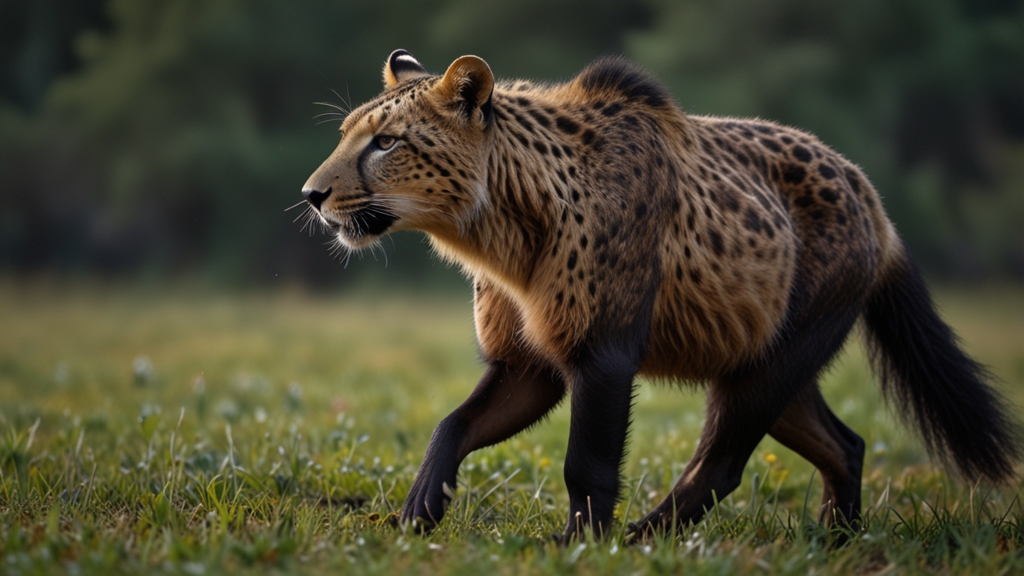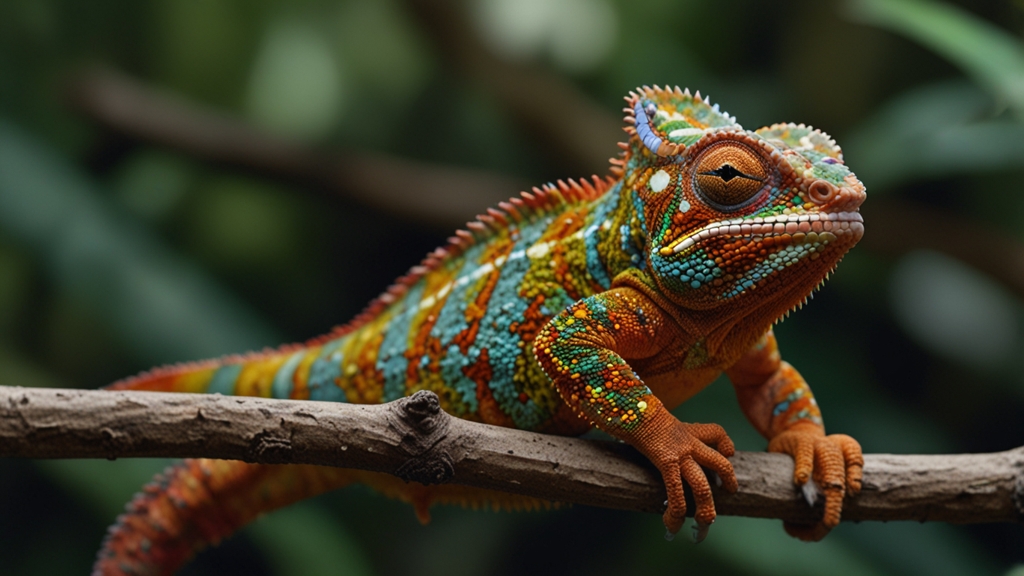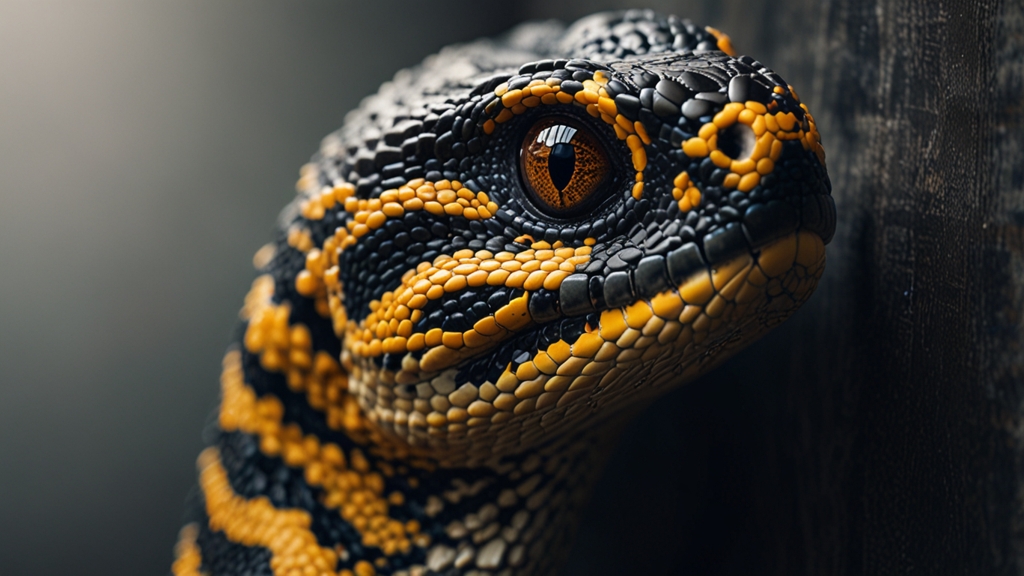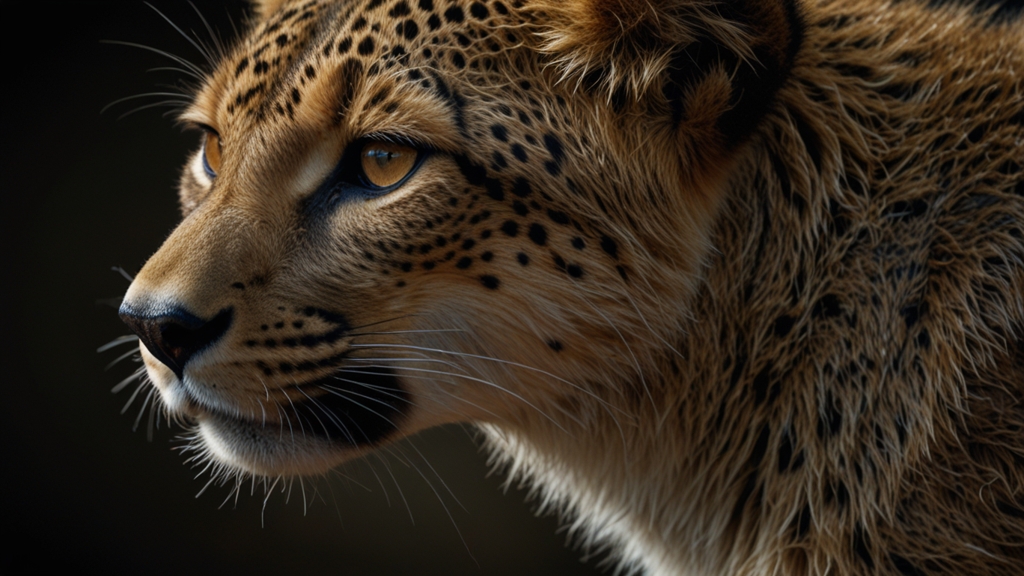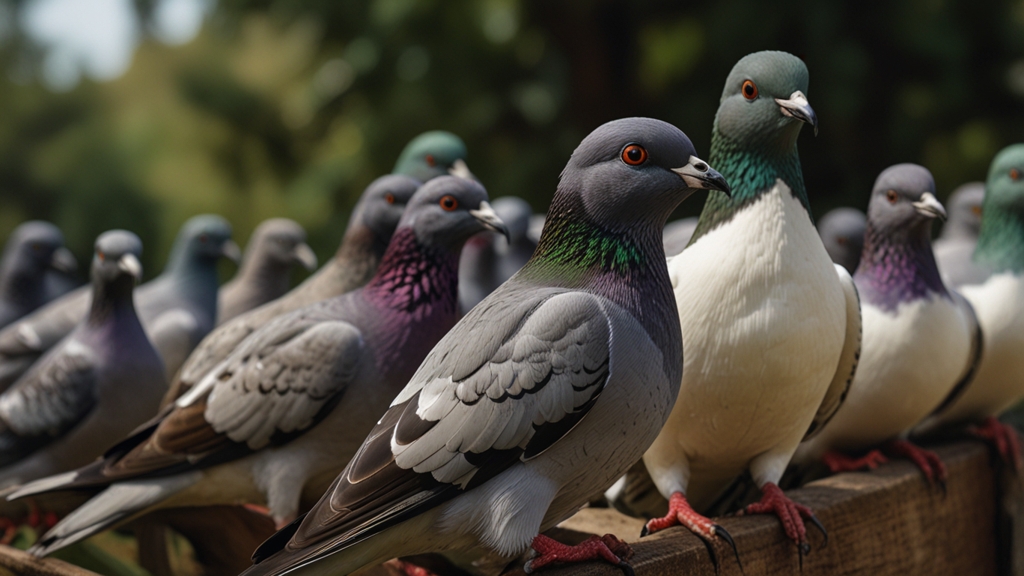10 Incredible Mammals That Defy All Expectations
Mammals are often known for their diversity and adaptability, but certain species take these traits to an extraordinary level. From unusual adaptations to unique behaviors, these ten incredible mammals defy expectations and continue to fascinate scientists and nature enthusiasts alike. Here is a closer look at these remarkable creatures.
1. Platypus
The platypus is a marvel of evolution, combining traits from birds, mammals, and reptiles. Native to Australia, this semi-aquatic mammal lays eggs instead of giving birth to live young, possesses a duck-like bill, and has webbed feet. Adding to its oddity, male platypuses have venomous spurs on their hind legs, defying the stereotypical image of mammals.
2. Aye-Aye
An elusive primate found in Madagascar, the aye-aye boasts a unique adaptation for finding food: a long, thin middle finger. This nocturnal creature taps on wood to locate insect larvae and then uses its specialized finger to extract them, showcasing an extraordinary example of evolutionary specialization.
3. Narwhal
Often described as the “unicorn of the sea,” the narwhal is famous for its long, spiral tusk, which is actually an elongated tooth. This Arctic whale uses its tusk in ways still not fully understood by scientists, including possible uses for navigation, mating displays, and even detecting changes in the environment.
4. Star-Nosed Mole
The star-nosed mole is a small, burrowing mammal distinguished by the 22 pink, fleshy appendages surrounding its nose. These tentacle-like structures are highly sensitive and packed with touch receptors, enabling the mole to detect and capture prey with astonishing speed.
The star-nosed mole can identify and eat its prey in just 120 milliseconds, making it one of the fastest foragers in the animal kingdom.
5. Pangolin
Pangolins are the only mammals completely covered in scales. These armor-like scales are made of keratin, the same substance found in human fingernails. Pangolins curl into a tight ball when threatened, using their scales as protection against predators. Unfortunately, pangolins are critically endangered due to illegal poaching for their meat and scales.
6. Binturong
Also known as the bearcat, the binturong is neither bear nor cat. Native to Southeast Asia, this arboreal mammal has a prehensile tail, which it uses like a fifth limb to navigate through the trees. Remarkably, the binturong exudes a popcorn-like scent, produced by glands near its tail, which it uses to mark its territory.
7. Saiga Antelope
The saiga antelope is easily recognized by its unusual, bulbous nose, which is flexible and helps to filter out dust during migrations across Central Asia’s steppes. This adaptation also aids in regulating the antelope’s body temperature, proving crucial in the harsh and varying climates of its habitat.
The saiga’s distinct nose not only filters dust but also cools the blood during the intense heat of summer, making it an exceptional adaptation to its environment.
8. Giant Anteater
The giant anteater, native to Central and South America, exhibits fascinating feeding adaptations. With a long, tubular snout and a sticky tongue that can extend up to two feet, it consumes thousands of ants and termites daily. Interestingly, the anteater lacks teeth and relies entirely on its powerful stomach to break down its food.
9. Echidna
Another egg-laying mammal from Australia, the echidna (or spiny anteater) boasts prickly spines covering its body, resembling a porcupine. It uses its long snout and sticky tongue to feed on ants and termites. Echidnas have a cloaca, a single opening for reproduction and excretion, which they share only with the platypus among mammals.
10. Proboscis Monkey
The proboscis monkey, native to Borneo, is instantly recognizable due to its large, pendulous nose, especially prominent in males. This unique feature is thought to amplify the monkey’s vocalizations and attract mates. Additionally, proboscis monkeys are excellent swimmers, often diving into rivers to evade predators.
These ten incredible mammals demonstrate the extraordinary adaptability of life on Earth. Their unique features and behaviors not only captivate our imagination but also highlight the importance of preserving biodiversity. Each species plays a crucial role in its ecosystem, and protecting these remarkable animals ensures that they continue to defy expectations for generations to come.
